Driver's License for People with Suspended or Revoked U.S. Licenses
Driver's License for People with Suspended or Revoked U.S. Licenses
In the United States, a driver's license (such as Montana fake ID, New Jersey fake ID, Alaska scannable ID, and Rhode Island scannable ID, etc.) is a privilege granted to individuals who meet specific qualifications set by each state. However, in certain circumstances, this privilege may be temporarily or permanently taken away. When a person's driver's license is suspended or revoked, it can cause a major setback in their life, especially if they rely on driving for work or personal matters. Fortunately, there are ways to regain driving privileges, but the process depends on the specific circumstances and laws of the state where the license was suspended or revoked.
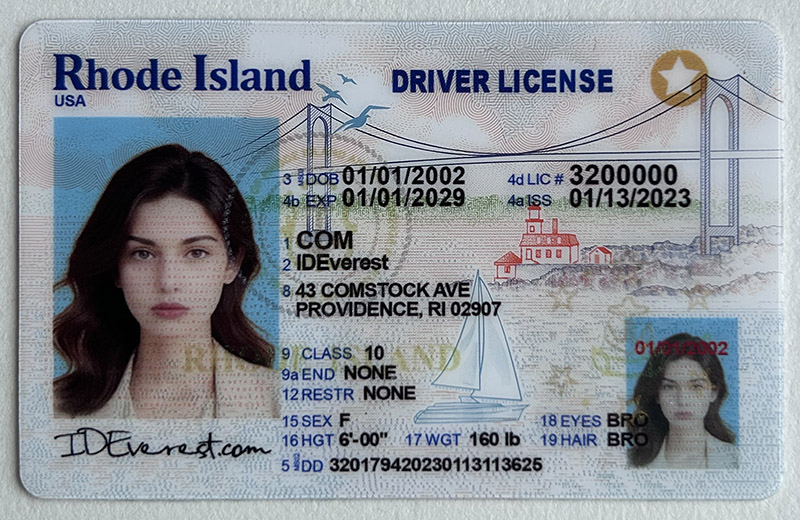
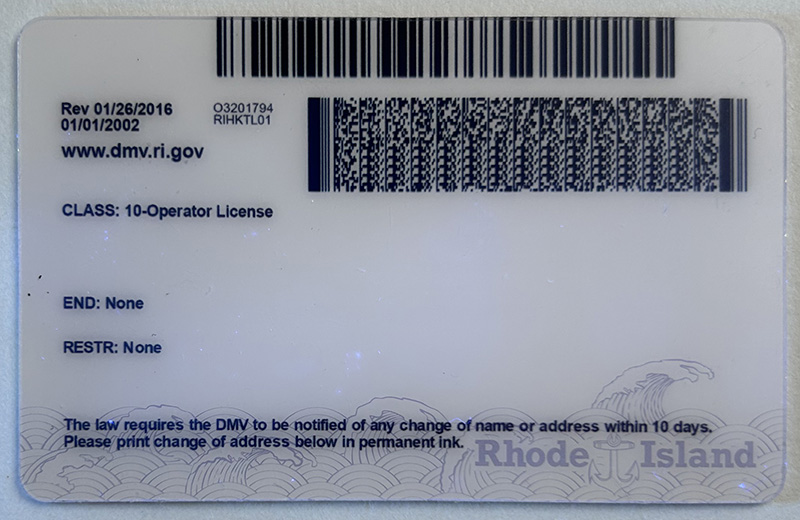
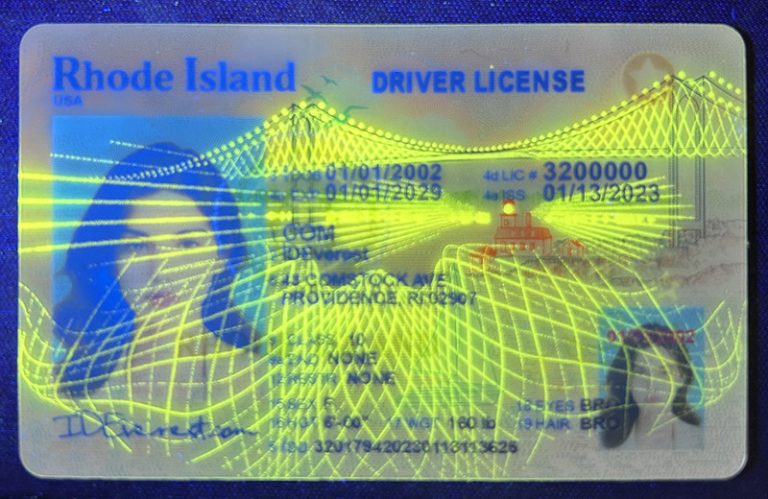
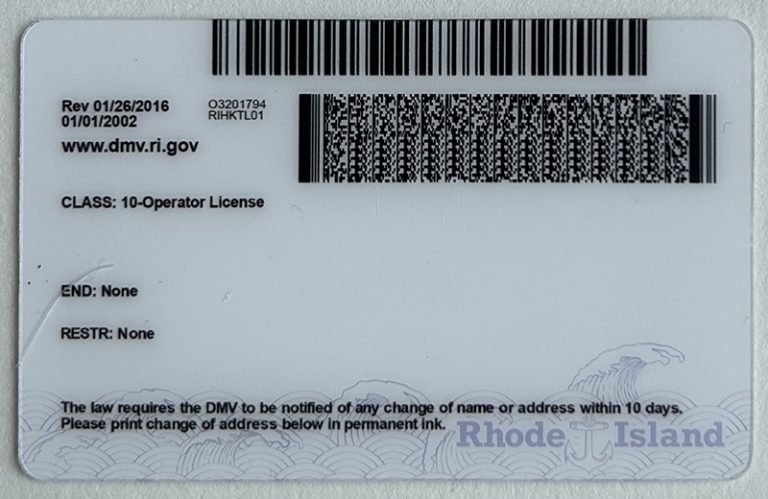
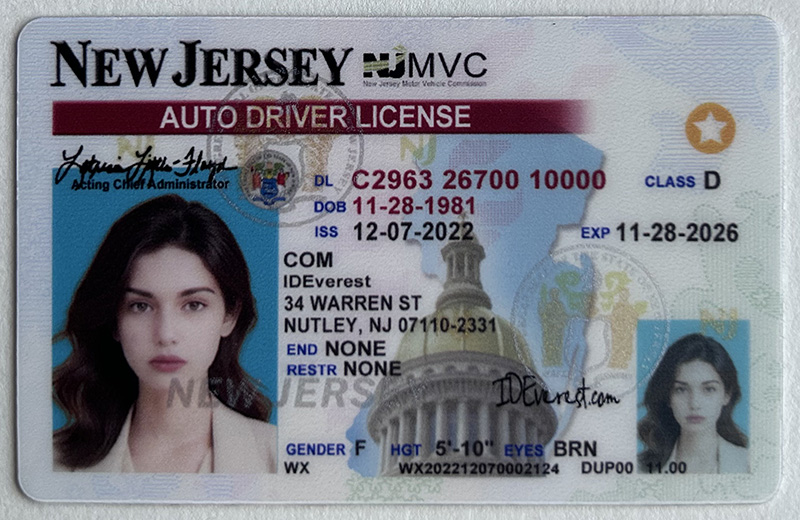
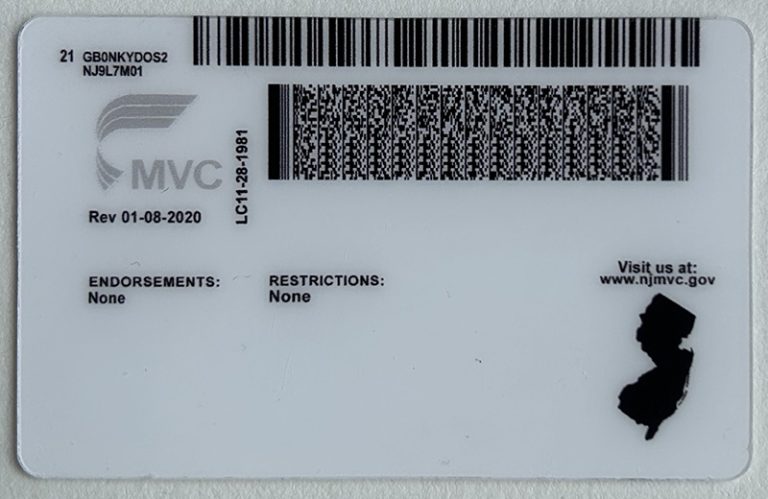

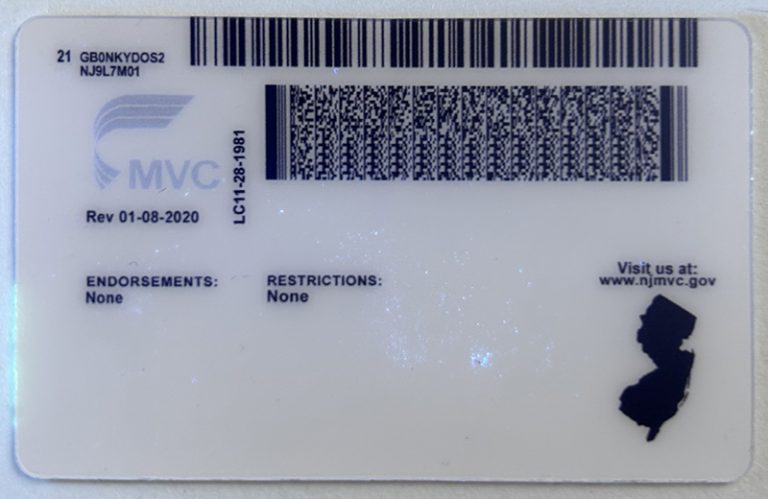
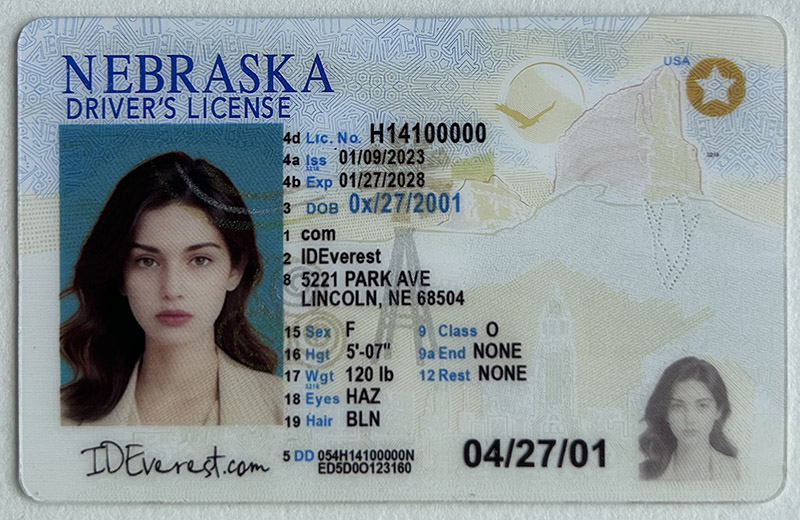
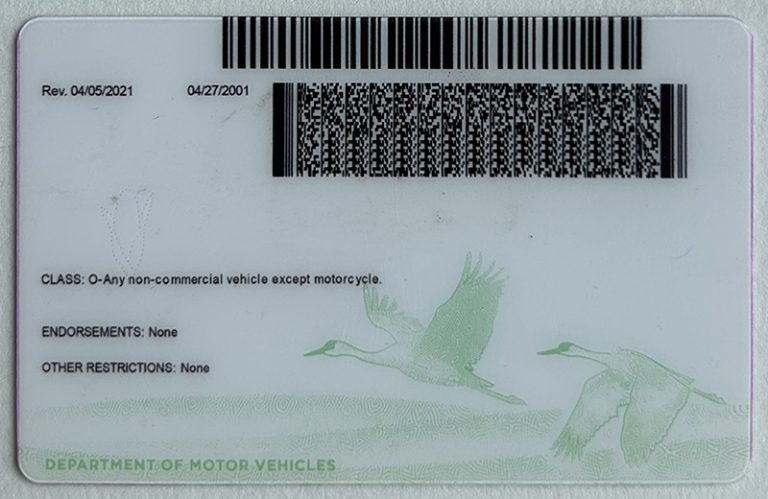
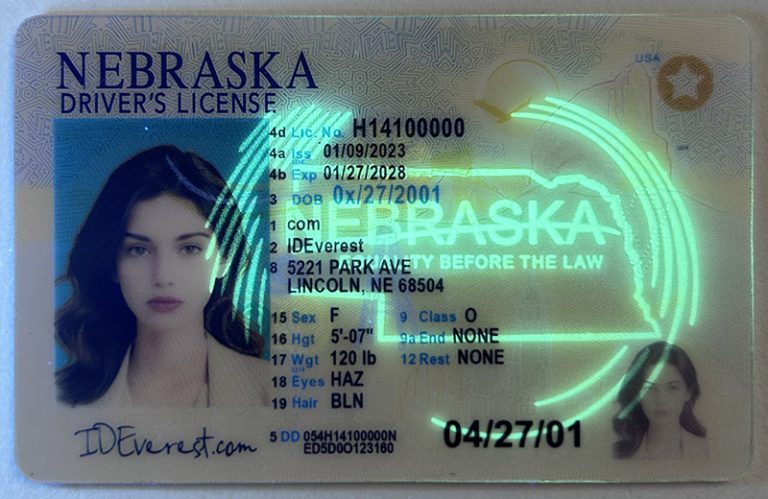
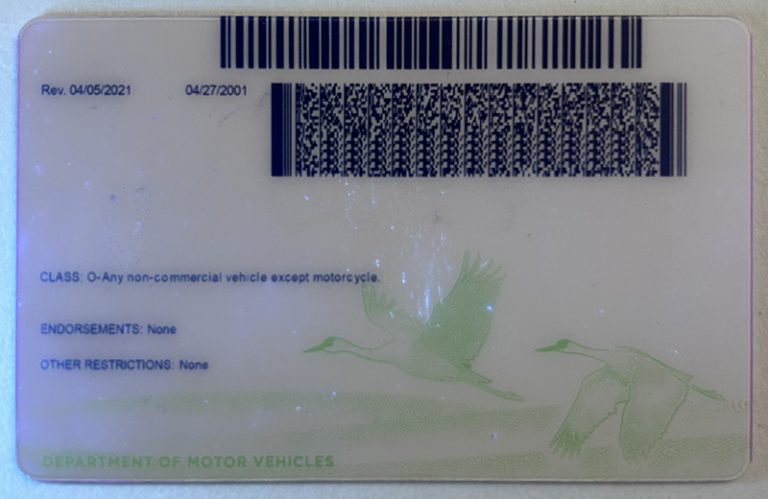
This detailed guide explores the key aspects of suspended and revoked licenses, what happens when your driving privileges are taken away, how to restore them, and the challenges people may face during the process.
1. What is the difference between suspension and revocation?
Before diving into the process of reinstating driving privileges, it is important to understand the difference between suspension and revocation:
Suspension refers to the temporary loss of the right to drive. During the suspension, the driver cannot legally operate a motor vehicle, but after the suspension ends, the driver can usually regain the license by meeting specific requirements (such as paying a fee, completing a course, or having no violations for a specified period of time).
Revocation is a more severe penalty and means the permanent termination of a person's driver's license. While revocation is usually the result of a serious offense, some people can appeal or reapply for their license after meeting certain conditions set by the state Department of Motor Vehicles (DMV) or equivalent agency.
2. Common Reasons for License Suspension or Revocation
A variety of behaviors and offenses can result in a driver's license being suspended or revoked. Here are the most common reasons:
a. DUI/DWI (Driving Under the Influence/Drunk)
First DUI: A first DUI conviction can result in a license suspension of several months to a year, depending on the state. Some states also impose fines, mandatory alcohol education classes, and ignition interlock devices (IIDs).
Repeat or Aggravated DUI: Subsequent DUI offenses or offenses involving personal injury, property damage, or excessive blood alcohol concentration (BAC) levels can result in longer suspension periods, license revocation, and mandatory court appearances.
Underage DUI: In some states, there is a zero-tolerance policy for drinking by minors (under 21 years old). Regardless of the blood alcohol concentration, a first offense can result in a license suspension.
b. Accumulating Excessive Traffic Violations (Point System)
In most states, each traffic violation will result in a certain number of points being deducted from a driver's record. For example, speeding may result in two points, while reckless driving may result in six points.
A driver's license is usually suspended when they accumulate a certain number of points within a certain period of time (e.g., 12 points in 12 months). The length of the suspension may vary depending on state law and the severity of the violation.
c. Driving without Insurance
Mandatory Insurance: Most states require drivers to carry a minimum amount of auto insurance. If someone is caught driving without insurance, their license may be suspended until proof of insurance is provided.
Failure to Provide Proof: In addition to the suspension of their license, drivers may be required to pay a fine and provide proof of insurance for a certain period of time after their license is reinstated.
d. Traffic Accidents and Reckless Driving
If a driver is involved in an accident and is found to be at fault, especially for reckless driving or a hit-and-run, their license may be suspended or revoked.
Serious Injury or Death: If the accident results in serious injury or death, the driver may face more serious consequences, including permanent license suspension.
e. Failure to Appear in Court or Pay Fines
If a driver fails to appear at a court hearing related to a traffic violation, or fails to pay fines or fees associated with a citation, the state may suspend their license until the issue is resolved.
In some cases, a driver's license may be suspended for failure to pay child support or other financial obligations.
f. Medical Conditions
A driver's license may be suspended or revoked if they are found to have a medical condition that affects their ability to drive safely, such as epilepsy, severe vision problems, or mental health issues.
Some states require drivers to provide medical certification before regaining their driving privileges.
3. Steps to Reinstate a Suspended or Revoked License
Reinstating a suspended or revoked license can be a complex and time-consuming process, but it is possible in some cases. Here is a general overview of the steps to follow:
a. Determine the Reason for Suspension or Revocation
Before taking action, you need to understand why your license was suspended or revoked. This information can usually be found on an official notice from the DMV or in your state's online driver records system.
Some states provide a notice of suspension that details the steps required to reinstate your license.
b. Completing any required courses or classes
Depending on the reason for the suspension or revocation, the state may require you to complete specific courses before your license can be reinstated. These may include:
o DUI education: If the license suspension was due to a DUI conviction, completion of an alcohol education or substance abuse program is often required.
o Defensive driving course: For drivers who have accumulated points or committed violations, completing a defensive driving course can sometimes shorten the suspension period or help regain driving privileges.
c. Paying fines and fees
Many states require payment of fines or reinstatement fees as part of the process to reinstate a suspended or revoked license.
These fees vary widely from state to state, and additional fees may be charged for:
o Late payments
o Reexaminations
o Administrative fees associated with the reinstatement process
d. Submit SR-22 (if necessary)
In some states, drivers who have a DUI or serious offense may be required to submit a SR-22 form. This is a proof of financial responsibility that shows you have the minimum required auto insurance.
SR-22s are usually required to be submitted within a certain period (usually 3 years), and if your insurance lapses during this time, your driving privileges may be suspended again.
e. Waiting for the suspension or revocation period to end
For many suspensions, there is a mandatory waiting period. For example, a license suspended for a DUI can only be reinstated after a year of suspension, while a license suspended for accumulated points may be suspended for six months to a year.
During this waiting period, drivers should avoid committing another offense, as this may extend the suspension.
f. Appealing a Suspension or Revocation (if applicable)
In some cases, you can appeal a suspension or revocation if you believe it was unjust or there are special circumstances.
You will need to request a hearing with the DMV or court and provide evidence to support your case, such as medical records or proof of rehabilitation.
Hardship Licenses: Some states offer hardship licenses (also known as restricted licenses) that allow individuals who cannot drive for essential purposes, such as work, school, or medical appointments, to operate a vehicle under limited conditions.
g. Reapplying for a New License (If Suspended)
If your license has been revoked, you may need to reapply for a new license after meeting the necessary requirements. This may involve:
o Passing a written knowledge test
o Passing a road skills test
o Passing any medical or psychological evaluations
Reapplying for a license after revocation may also involve a more rigorous review process, and you may face restrictions such as a probationary driving period or mandatory installation of an ignition interlock device (IID).
4. Challenges in Regaining a Suspended or Revoked License
Regaining a suspended or revoked license can be a complex and frustrating process. Some challenges people may face:
Financial burden: License reinstatement fees, court costs, insurance premiums (especially SR-22), and fines can be a heavy financial burden, especially for someone who lost their license due to financial hardship, such as unpaid fines.
Impact on employment: Many people rely on their license to get to and from get off work. A suspended or revoked license can make it difficult to maintain employment, and finding a job during this time can be challenging.
Legal issues: Some people may face multiple offenses, such as repeated DUIs or serious accidents, which makes it more difficult to regain their license. Legal battles can last for years, and some may face permanent license revocation.
Not eligible for reinstatement: In some cases, a driver may not be eligible for reinstatement due to serious offenses, poor mental health, or failure to meet state requirements.
5. Conclusion
Having a suspended or revoked license can have a significant impact on a person's life, but with patience, it is possible to regain driving privileges
 Driver's License for People wi
Driver's License for People wi
 The Rise of Scannable IDs: Unl
The Rise of Scannable IDs: Unl
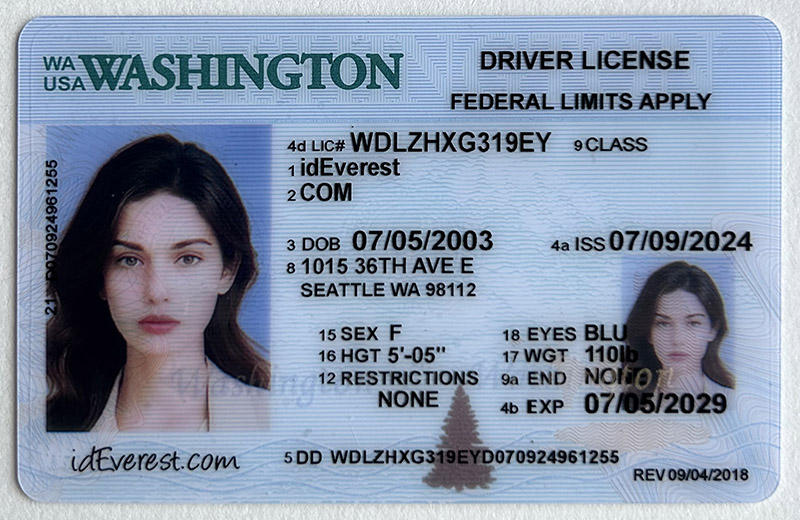 Fake US ID
Fake US ID
 What should I do if I have a f
What should I do if I have a f